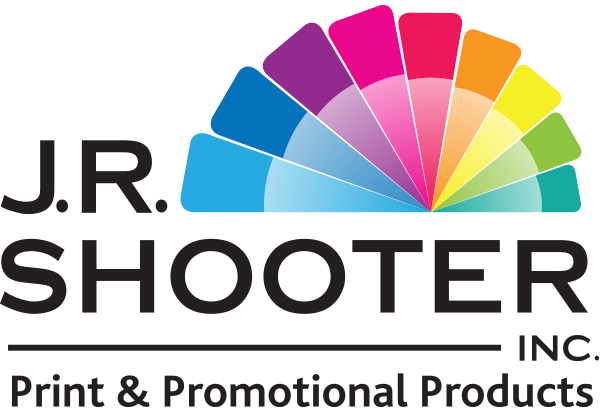There are a lot of different terms used in the print and marketing world that a lot of people who are not immersed in it daily will not understand, so it is important as a printer when people come to me and ask for something that I do my best to fully understand what they are asking for. The best way to do that is to show the customer samples so that when they receive their final product they are not surprised by the finished product.
Typically with any large job a customer will receive a proof. However a proof just shows the customer that the pages are in the correct order, and gives them an opportunity to check the colour is what they want it to be, and that their artwork is correct. A proof does not show you exactly how the book will be finished.
There are several different types of bindig you can do to a book. The first one is called saddle stitch. That means that there are 2 staples in the spine of the book holding it together. This is only a good way to go for under 60 pages. Once you are over 60 pages the book would be too thick and being bound this way it would look bulky and not sit flat, however it is the most cost effective way to go.
The second option is your perfect bound book. That is like a typical book you pick up, like magazines, or a novel. This is ideal for books over 60 pages. It allows for a nice thick book to lay flat, because the spine can be as thick as you need it to be.
Another option would be to coil bind the book. This can be seen on directories. There are two different types of coil bound. One is a plasticoil, and the other would be a metal coil. There is not a significant difference between the two, so when I can I push for the metal coil. The metal coil is significantly more environmentally friendly, however the plastic ones have a much larger variety in colour.
So the next time you put your catalogue or book together, think in advance about what would look best and what would best suit your needs!


Comments are closed.